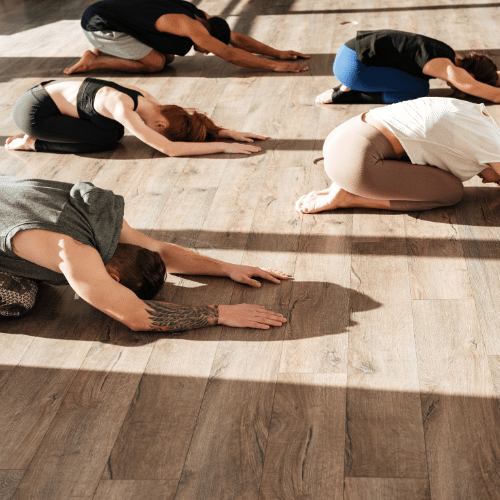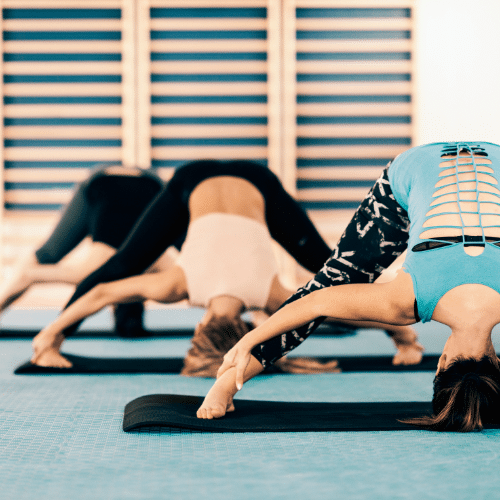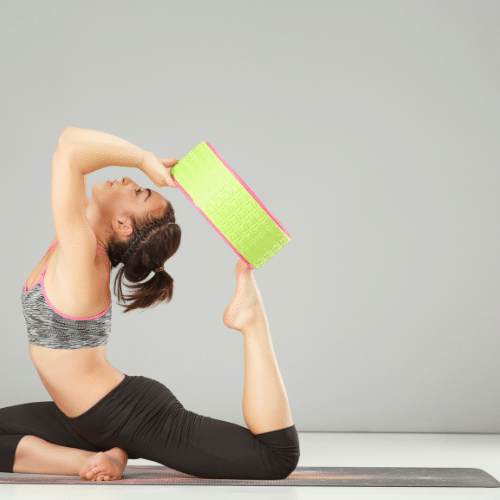Are you an athlete or fitness enthusiast looking for the best way to recover your muscles after a challenging workout? You may have heard conflicting opinions on whether sitting in a cold plunge tub or a hot bath is more effective. I’m here to give you the answer you’ve been searching for.
Muscle recovery is a crucial part of any training regimen, and finding the most effective method can make all the difference in your performance. This article will explore the benefits of sitting in a cold plunge tub and taking a hot bath for muscle recovery. By the end, you’ll have a clear understanding of which method is best suited for your needs. So, let’s dive in and discover the truth behind these popular recovery techniques.
What Is A Cold Plunge?
A cold plunge is a recovery bath involving very cold water, usually 40-60 degrees Fahrenheit. It can be used to help relieve sore muscles and reduce inflammation after exercise. Cold plunges are often taken in pools or tubs filled with ice water, although they can also be combined with hot baths for even more relief. During a cold plunge, the body is submerged in cold water for a short period of time, usually between one to three minutes.
The Benefits of Cold Plunge Tubs
Cold plunge tubs have several benefits for muscle recovery. The cold tub helps reduce inflammation and swelling, which can help relieve muscle soreness. It also constricts the blood vessels, reducing circulation and helping flush out toxins from the body. This can help speed up the healing process. The cold temperature can also reduce nerve activity, leading to a decrease in pain.
What Is A Hot Bath?
A hot bath is a type of recovery bath involving warm or hot water, usually between 90-120 degrees Fahrenheit. It can be used to help relax sore muscles and promote circulation after exercise. During a hot bath, the body is submerged in warm water for an extended period, usually around 10-30 minutes.
The Benefits of Hot Baths
Hot baths have several benefits for muscle recovery. The hot water helps relax the muscles and promote circulation, which can help speed up the healing process. It also helps ease tension and reduce pain in the muscles. The heat from the bath can also aid in relaxation, helping to reduce stress and improve mental health.
Effects of Water Temperatures on the Body
Water is essential to our lives, and its temperature can affect the body. Cold plunges and hot baths are two common water temperatures used in muscle recovery. While both temperatures have their own benefits, there is no one-size-fits-all answer regarding which type of immersion is better for muscle recovery.
Impact of Cold Water on the Body
The use of cold water for muscle recovery has been gaining popularity over the past few years. While it may seem counterintuitive to immerse yourself in a plunge tub or hot bath after a strenuous workout, research supports that cold water can be beneficial for reducing exercise-induced inflammation and soreness. Submersion in cold water can cause vasoconstriction, which is when blood vessels narrow and reduce the amount of blood flowing to the area, leading to decreased swelling and inflammation. Cold water can also help reduce nerve activity, leading to a decrease in pain.
Impact of Hot Water on the Body
Hot baths are often used for muscle recovery because they promote relaxation. The warm water increases blood flow, which helps flush out toxins from the body and speeds up the healing process. It can also help reduce muscle tension and ease soreness. Hot baths also help promote relaxation, which can help reduce stress and improve mental health.
Is Sitting In A Cold Plunge Tub or Hot Bath Better For Muscle Recovery?
Regarding muscle recovery, both hot and cold baths can be beneficial. The question of which is better for muscle recovery depends on the individual and their particular needs.
Sitting in a cold plunge tub or a hot bath can help reduce inflammation, relieve pain, and soothe sore muscles.
Hot baths can help promote circulation, relax the muscles, and ease tension. Ultimately, it is up to the individual to decide which type of recovery bath works best for them.
For those looking to take their recovery to the next level, stretching exercises during a hot bath can help improve flexibility and range of motion. Stretching can help reduce inflammation and soreness while also improving posture. The warm water can also help relax your muscles even further, allowing for deeper stretches that can further aid in muscle recovery.
In comparison, cold plunge tubs are best used for reducing inflammation and alleviating pain. The primary advantage of taking a cold plunge is that it helps constrict blood vessels, thus reducing inflammation and swelling. It can also reduce nerve activity, resulting in less pain.
When it comes to muscle recovery, cold plunge tubs and hot baths both have their benefits. The choice between the two depends on the individual’s needs and preferences. Cold plunges can help reduce inflammation and flush out toxins from the body, while hot baths can help relax muscles and ease tension. Ultimately, listening to your body and determining what recovery method best suits your needs and preferences is crucial.
Try Zuda Yoga’s Contrast Therapy today to experience the ultimate muscle recovery! Our contrast therapy combines a cold plunge and an infrared sauna to target inflammation and reduce pain. The cold plunge tub helps constrict blood vessels, reducing swelling and inflammation, while the infrared sauna helps relax muscles and relieve tension. With Zuda Yoga’s Contrast Therapy, you can enjoy both hot and cold recoveries in the same session! So, if you’re looking to reduce inflammation and soreness while relaxing your muscles, try Zuda Yoga’s Contrast Therapy today!









